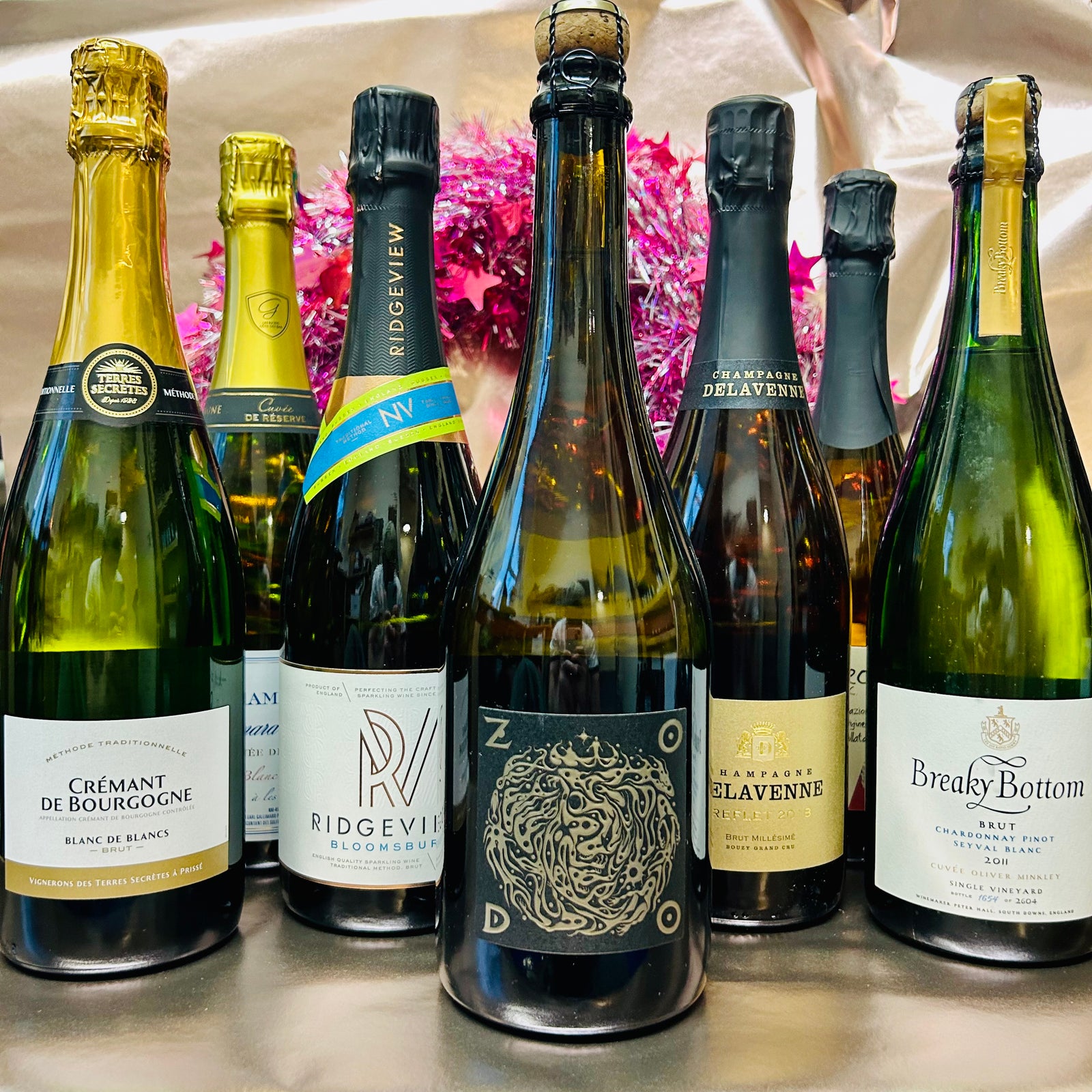
Sparkling Wines for Christmas: A Festive Guide
The festive season is synonymous with celebration, and what better way to mark the joyous occasion of Christmas than with a glass of sparkling wine? The effervescent bubbles, the crisp and refreshing taste, and the undeniable sense of luxury make sparkling wines a holiday favourite. But not all sparkling wines are created equal. Let's explore the various styles, how they are made, their unique characteristics, and how to pair them with your holiday feast.
The process of creating sparkling wine involves a second fermentation, which is responsible for the bubbles. Here are the primary methods used:

1. Traditional Method (Méthode Traditionnelle): This is the method used for Champagne and other high-quality sparkling wines. After the initial fermentation, a mixture of sugar and yeast is added to the wine, which is then bottled. The second fermentation occurs in the bottle, creating carbonation. The wine ages on the lees (dead yeast cells), which adds complexity and depth. Finally, the lees are removed through a process called disgorgement, and the bottle is sealed with a cork.

2. Tank Method (Charmat Method): Used for Prosecco and some other sparkling wines, the second fermentation occurs in large stainless steel tanks rather than individual bottles. This method is quicker and less expensive, producing wines that are typically fresher and fruitier.
3. Ancestral Method (Méthode Ancestrale): This ancient method involves bottling the wine before the primary fermentation is complete, allowing fermentation to finish in the bottle. This method is used for wines like Pétillant Naturel (Pét-Nat), which often have a rustic, natural character.
Different Styles of Sparkling Wine

1. Champagne: The gold standard of sparkling wines, Champagne comes from the Champagne region of France. It is made using the traditional method and can range from bone dry (Brut Nature) to very sweet (Doux). Common styles include Brut, Extra Brut, and Demi-Sec. Champagne is known for its complex flavours, including notes of citrus, apple, toast, and nuts.
Gallimard Champagne Cuvee Reserve Blanc de Noirs NV -
Unofficially organic, the Gallimard Family have embraced natural and sustainable farming methods with no insecticides or pesticides, no tilling of the soil and a minimal addition of sulphur. The fruit is slightly macerated in the press and the result is an unusual orange tint as well as a rich and fruity bouquet. The process of malolactic fermentation also develops creamy and fruity flavours.
A truly independent Champagne house with an ethical approach. Expect an opulent wine with wild berry, cherry and tart apple fruit and a toasted brioche finish. What’s not to love?
2. Prosecco: Hailing from Italy, Prosecco is typically made using the tank method. It is usually lighter and fruitier than Champagne, with flavours of pear, apple, and flowers. Prosecco ranges from Dry to Extra Dry, despite the names, these styles are usually sweeter than Brut.
Terre dei Buth Prosecco DOC Spumante Brut NV -
From Treviso in the Veneto region of Italy and produced from the Glera grape, comes the outstanding Terre dei Buth Prosecco Spumante Brut DOC. An elegant, organic and vegan Prosecco, with zingy aromas of ripe green apple, citrus and peach on the nose and notes of fresh tropical fruit on the palate and a soft lingering finish. Terre dei Buth are specialists in producing Organic and Vegan Prosecco.

3. Cava: Spain's answer to Champagne, Cava is made using the traditional method but tends to be more affordable. Cava offers flavours of citrus, green apple, and almond, and can range from Brut to Semi-Seco (semi-sweet).
A classic blend of Macabeo, Parellada and Xarel-lo - from 35 hectares of vines cultivated on the Can Macia estate, in the Anoia river basin near Odena. Made using the traditional Cava method - the wine is matured for an extended period of 24 months before disgorgement to enhance the complex, fruity aromas.
White fruit and citrus aromas lead onto a complex palate with green apple, stone fruit and a touch of white spice. Bubbles are fine and persistent through to the long finish and gentle savoury twist.

4. Crémant: Sparkling wines made in various French regions outside Champagne using the traditional method. Crémants are known for their elegance and can include Crémant de Loire, Crémant de Bourgogne, and Crémant d’Alsace, each with its own regional characteristics.
Cremant de Bourgogne Blanc de Blancs Terres Secretes NV -
The vines are located between the Saône plain and the Mâconnais mountains. The vines grow in clay-limestone soils and the wine is made in the traditional méthode champenoise. This 100% Chardonnay, Crémant de Bourgogne is a brilliant gold colour with delicate bubbles. The nose is subtle with notes of lemon zest. The palate finds its balance between liveliness, predominantly floral, and the finesse of the aromas of white fruits. The mouth is fresh and elegant.

5. Sparkling Rosé: Made using any of the methods mentioned above, sparkling rosé can come from various regions. These wines are often fruitier and can range from dry to sweet, with flavours of strawberry, raspberry, and cherry.
Lubanzi Sparkling Rose NV - In 2014, two friends embarked on a transformative journey along South Africa's Wild Coast, guided by a dog named Lubanzi. Inspired by this experience, they established a socially responsible wine business in 2016. One of their standout creations is a sparkling wine made exclusively from Cinsault grapes in Swartland. This wine offers delicate effervescence, with refreshing dryness and crispness. Its pale pink hue complements wild cherry and ripe strawberry aromas, and it's conveniently sealed with a crown cap for easy access.

6. Pétillant Naturel (Pét-Nat): Ancestral method wines that are often cloudy and less fizzy. They offer a more rustic and natural profile, with a wide range of flavours depending on the grape variety used.
Soalheiro Pet Nat Alvarinho NV -
Looking at the sky is the oldest tool in winemaking. This is a sparkling wine inspired by the ancestral method is made naturally with minimal intervention. Made using a single fermentation finished in the bottle it is a brilliant expression of this wonderful grape variety. It is dry, with some tropical and stone fruit notes and a leesy minerality. Perfect for an aperitif or for sharing with friends under a blue sky.
Perfect Pairings for Christmas Feasts
Sparkling wines are incredibly versatile when it comes to food pairing, making them ideal for Christmas celebrations.
Champagne's high acidity and complexity make it a great match for a variety of dishes. Pair Brut Champagne with oysters, smoked salmon, or caviar for an elegant appetizer. For the main course, try it with roast chicken, turkey, or creamy cheeses.
Prosecco's fruity and floral notes complement lighter dishes. Serve Prosecco with antipasti, prosciutto-wrapped melon, or seafood salads. It’s also a great match for brunch items like quiches and fruit tarts.
With its balanced profile, Cava pairs well with tapas, grilled shrimp, or paella. It also complements rich dishes like fried chicken or spicy Asian cuisine.
Crémant wines can pair with dishes similar to Champagne. Crémant d’Alsace is excellent with foie gras or pork dishes, while Crémant de Loire pairs beautifully with goat cheese or shellfish.
The fruity and often slightly sweet nature of sparkling rosé makes it a perfect match for charcuterie, barbecue, or berry desserts. It’s also lovely with roasted vegetables or creamy pasta dishes.
The natural and often funky character of Pét-Nat pairs well with rustic and earthy dishes. Think along the lines of farmhouse cheeses, charcuterie, or roasted root vegetables.
Sparkling wines bring a sense of celebration to any occasion, especially during the Christmas season. By understanding the different styles and their unique characteristics, you can choose the perfect sparkling wine to complement your holiday feast. Whether you’re toasting with a classic Champagne, enjoying the fruity effervescence of Prosecco, or exploring the rustic charm of a Pét-Nat, there’s a sparkling wine for every taste and dish. Cheers to a sparkling Christmas!


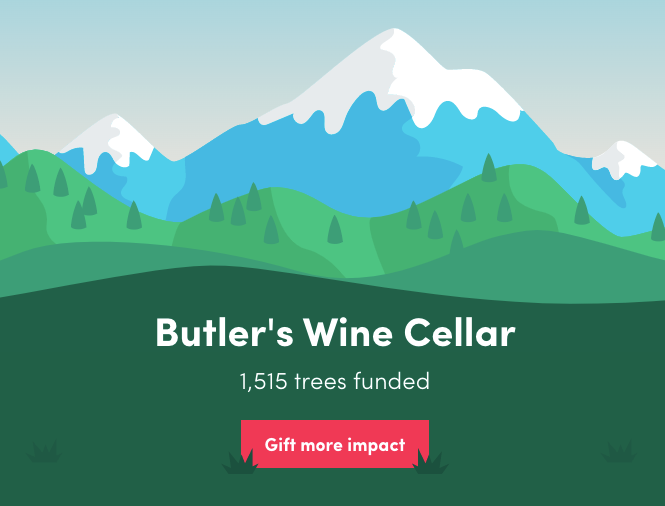


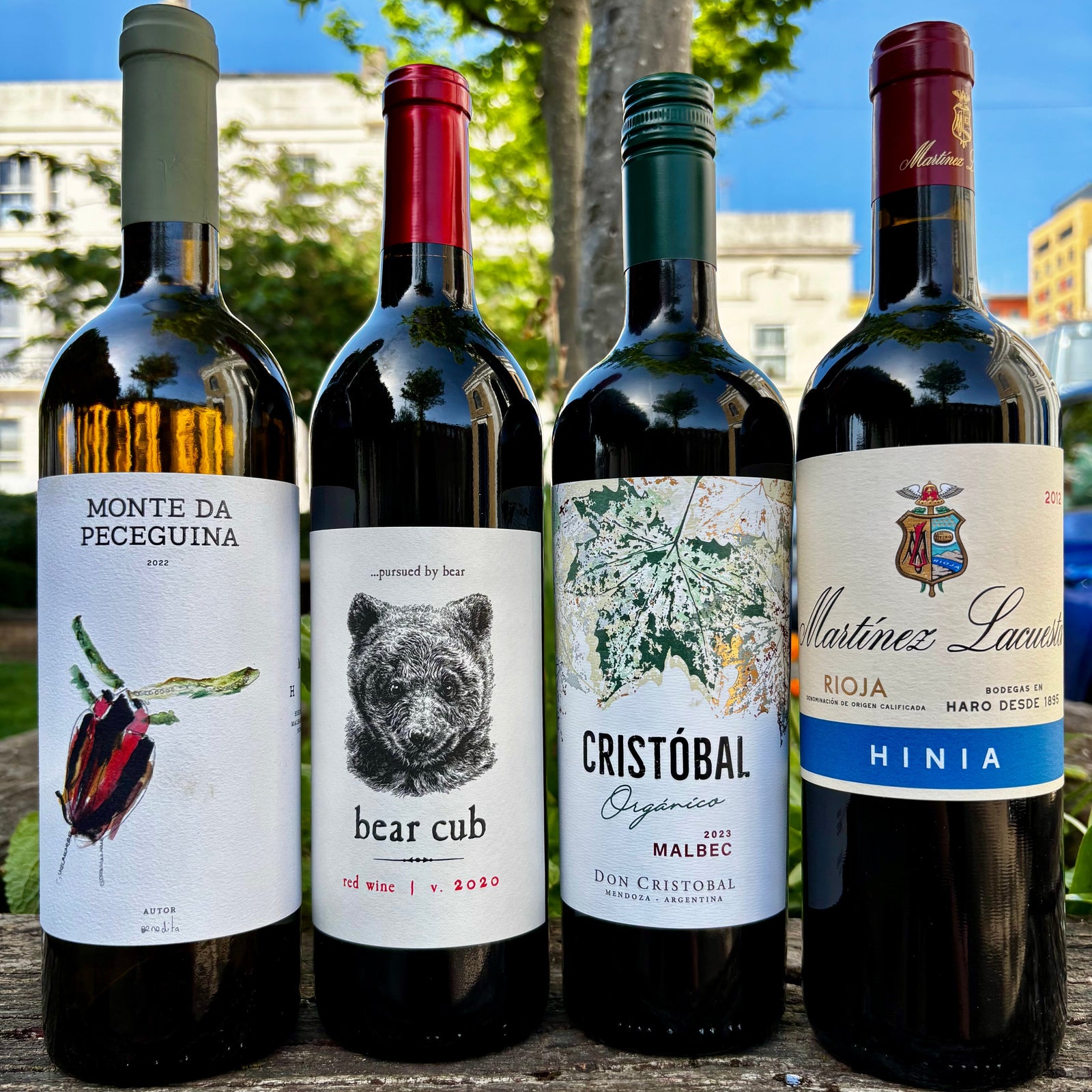
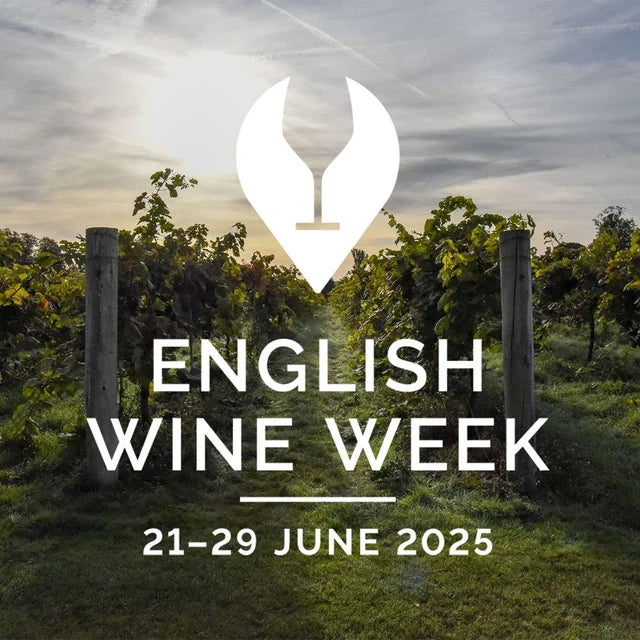
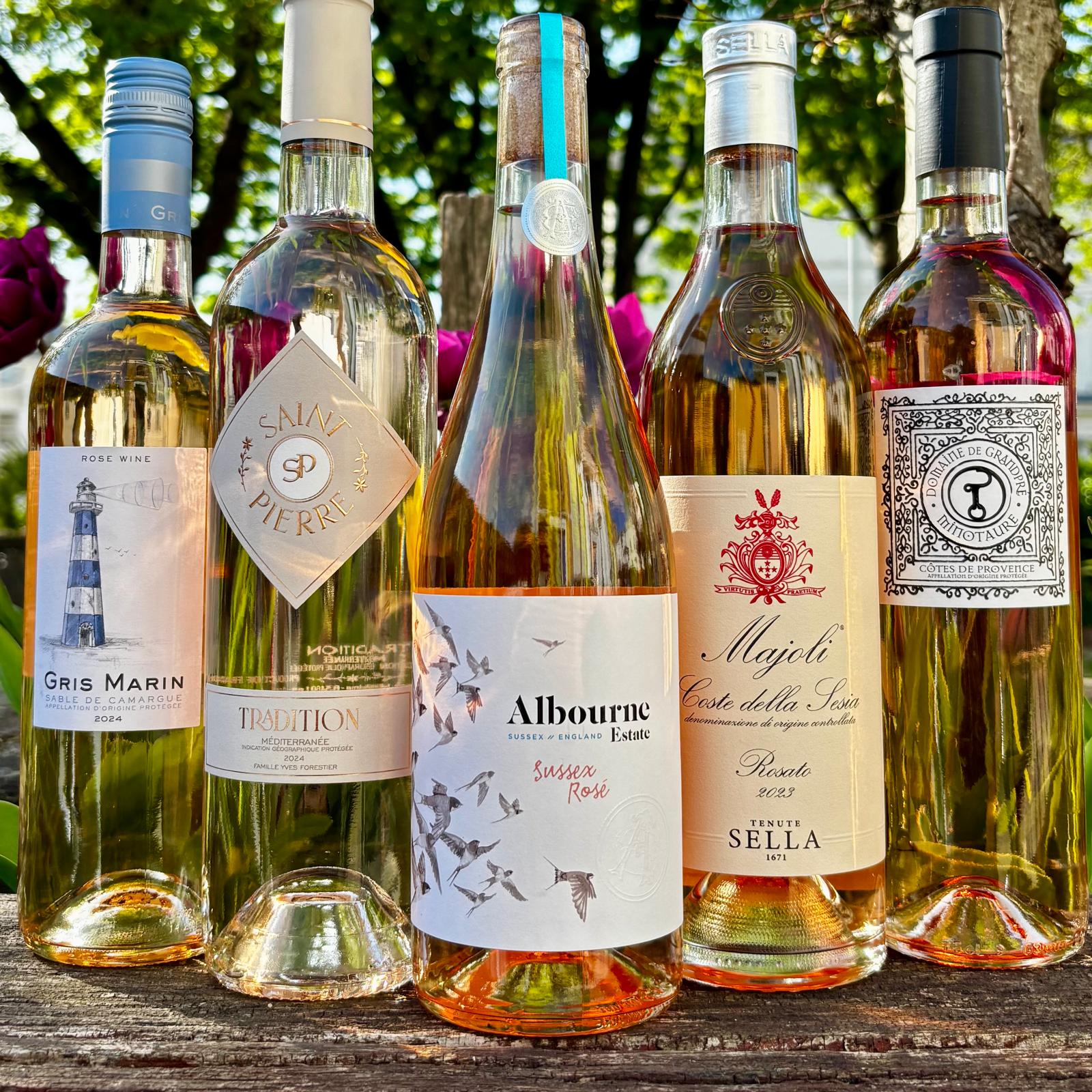
Leave a comment (all fields required)